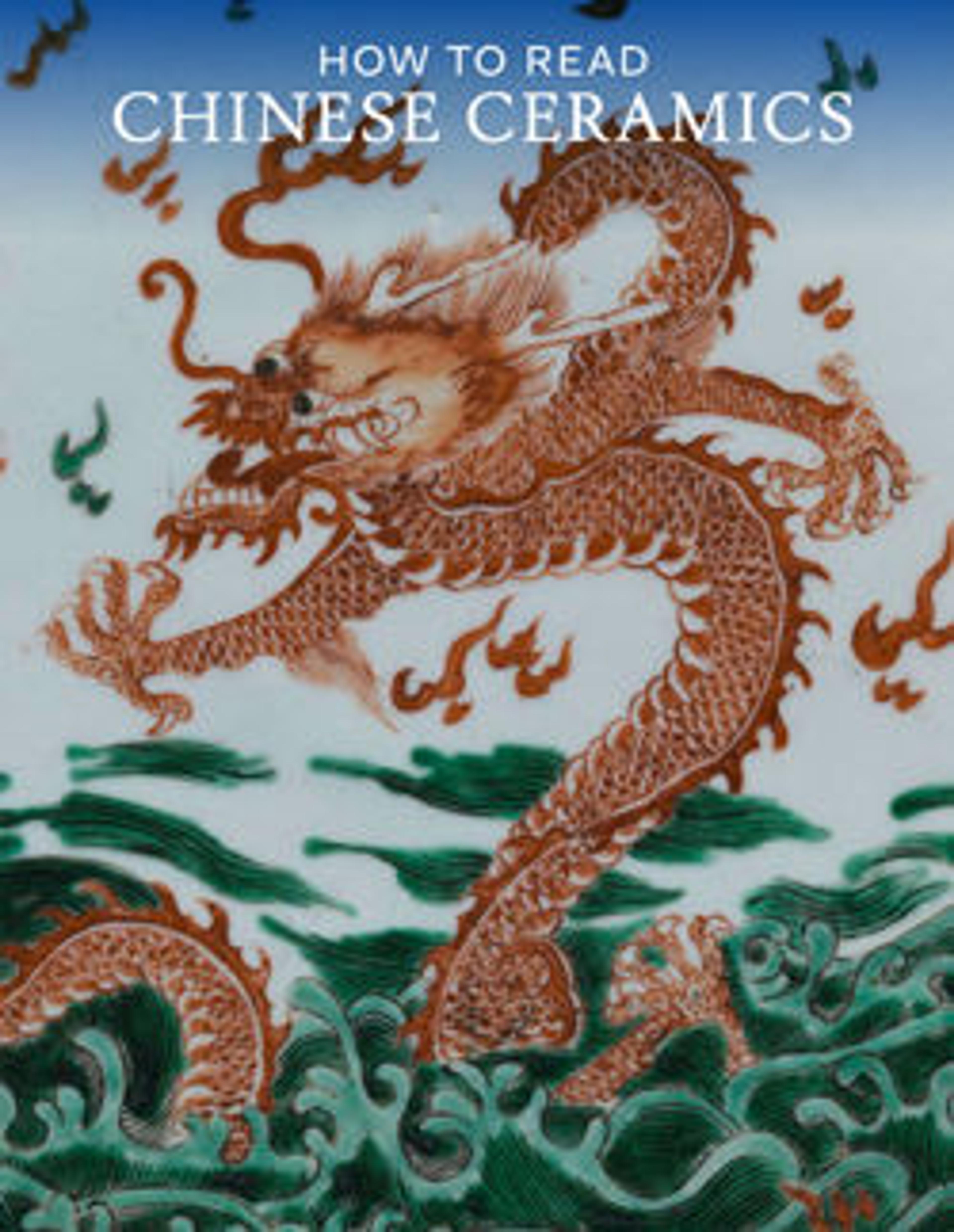Covered Jar (Hu)
During the Warring States period (475–221 B.C.), jades, bronze, textiles, musical instruments, books and other luxuries were often placed in tombs to serve the needs of the deceased in the afterlife. In the early Han dynasty pottery models known as mingqi or "spirit goods" began to be produced as substitutes for more valuable possessions, and to provide figures of servants, entertainers, livestock, pets, and vessels and other necessities for the tomb. Made of low-fired earthenware and painted with chalky mineral pigments that flake off when handled, this covered jar is too porous to hold liquids. The swirling cloud-like designs covering the vessel are thought to represent celestial mists through which the deceased would travel to join the immortals.
Artwork Details
- 西漢 雲氣紋彩繪陶壺
- Title:Covered Jar (Hu)
- Period:Western Han dynasty (206 BCE–9 CE)
- Date:1st century BCE
- Culture:China
- Medium:Earthenware with painted decoration
- Dimensions:H. 22 1/8 in. (56.2 cm); Diam. 13 5/8 in. (34.6 cm); Diam. of rim: 7 1/4 in. (18.4 cm); Diam. of foot: 8 in. (20.3 cm)
- Classification:Ceramics
- Credit Line:Purchase, Mr. and Mrs. Oscar Tang Gift, 1986
- Object Number:1986.170a, b
- Curatorial Department: Asian Art
More Artwork
Research Resources
The Met provides unparalleled resources for research and welcomes an international community of students and scholars. The Met's Open Access API is where creators and researchers can connect to the The Met collection. Open Access data and public domain images are available for unrestricted commercial and noncommercial use without permission or fee.
To request images under copyright and other restrictions, please use this Image Request form.
Feedback
We continue to research and examine historical and cultural context for objects in The Met collection. If you have comments or questions about this object record, please contact us using the form below. The Museum looks forward to receiving your comments.
